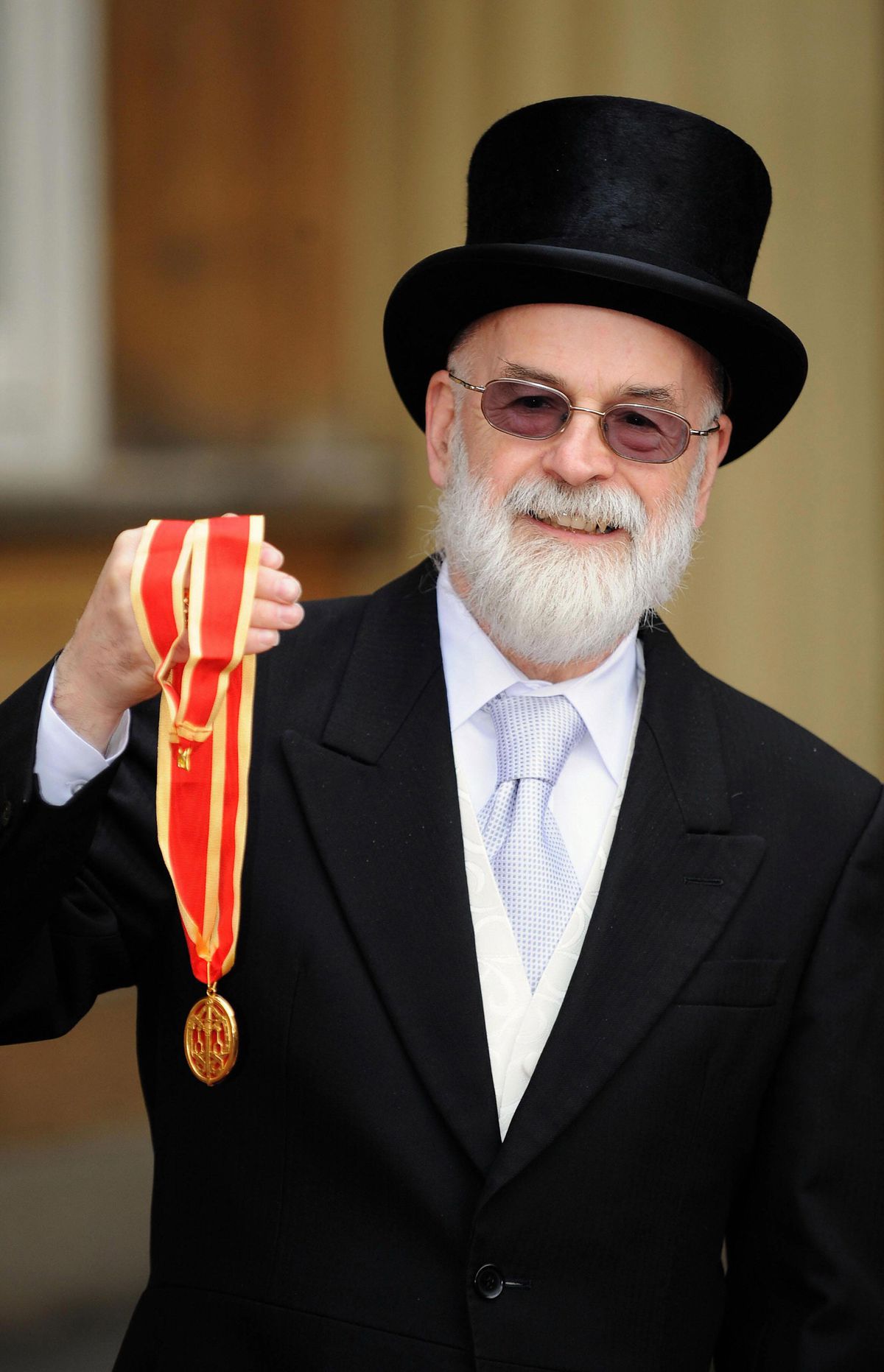Roll the phrase around your tongue with me: Starmetal sword. Starmetal sword. The lost secret to Damascus steel could totally have been meteorites! Attila the Hun had a sword like this, right? Or Excalibur was one, yeah? Tutankhamun was definitely buried with one. Blue Eye Samurai’s heroine has a starmetal sword, and so does Sokka in Avatar: The Last Airbender, and the Redwall series practically revolves around whoever’s got the meteorite-forged sword of Martin the Warrior in their paws.
Man, starmetal swords are cool. Until you actually look them up in real life.
Would it surprise you to know that there’s no material advantage you can forge into a sword using metal from a meteorite? Eh, probably not, you’re smart and skeptical, so you know that while the iron-nickel alloys in meteorites have distinctively different traces of other elements than those found in Earth’s own iron ore, none of those meteorite elements are regularly found in any quantities that would affect the properties of a forged object.
Tutankhamun’s meteorite dagger was exceptional in materials, not in capabilities. Excalibur isn’t real. Attila’s “sword of Mars” was folklore. Also, we’ve developed some really solid ideas of how Damascus steel was made, and none of them involve metal from space.
Starmetal swords are just normal swords.
But are they really?
Image: Troy Howell/Philomel Books
Of course not. They’re made with metal from space! And every list of starmetal swords that were no sharper, harder, or hardier than their earthly counterparts is also a list of human yearning — yearning to connect an earthly tool, and therefore its wielder, to the celestial realm.
And you don’t even have to go as far afield as heaven. The earliest known prehistoric iron objects are made from meteoric iron. Before we developed the techniques that could refine iron ore into usable metal, we made things out of iron from space. A starmetal sword doesn’t have to connect you to the sky when it can connect you to the origins of ironworking on this planet.
The starmetal sword is the heart of fantasy fiction

Photo: Ian Nicholson/AFP via Getty Images
And nobody knew that better than satirist Terry Pratchett. Upon being knighted in 2009, Sir Terry told the Guardian, “You can’t ask a fantasy writer not to want a knighthood. You know, for two pins I’d get myself a horse and a sword.”
A year later, he did just that (OK, not the horse part). He gathered iron ore from surface deposits near his England home, smelted and hammered it into bars with a handmade clay forge, and delivered the bars to a blacksmith to have them worked into his own sword, finished with silver. And he tossed pieces of meteorite into the fires of that forge as well, telling News.com.au, “Thunderbolt iron, you see — highly magical, you’ve got to chuck that stuff in whether you believe in it or not.”
In one of the most famous passages Pratchett ever wrote, he opined on the value of casual belief. In his characteristic silly and profound, satirist manner, a scene in the novel Hogfather features the figure of the Grim Reaper telling his adopted granddaughter that human beings have to believe in little things without hard evidence, like Santa Claus — and swords made of stars.
They had to, so that they could believe in the big things without hard evidence, like justice, and hope.
So if it’s all the same to you, I’m going to keep believing that starmetal swords are cool. Terry Pratchett thought they were.

